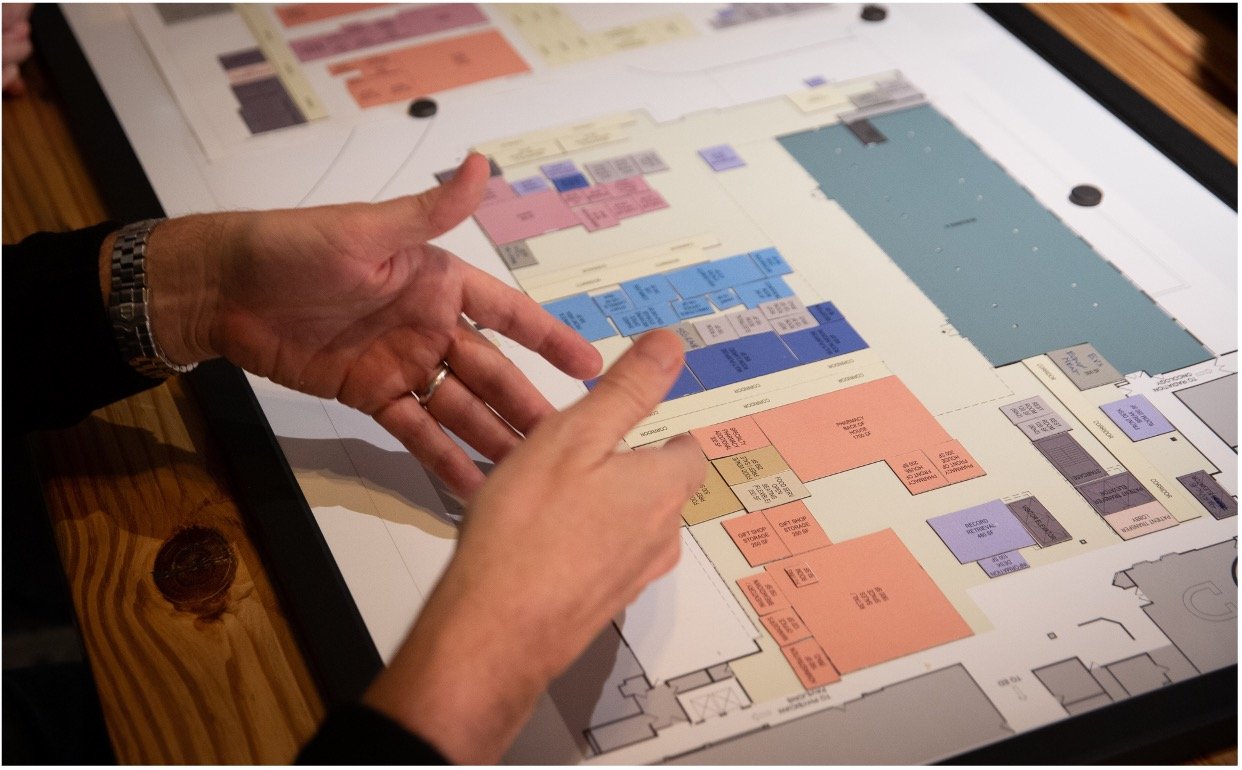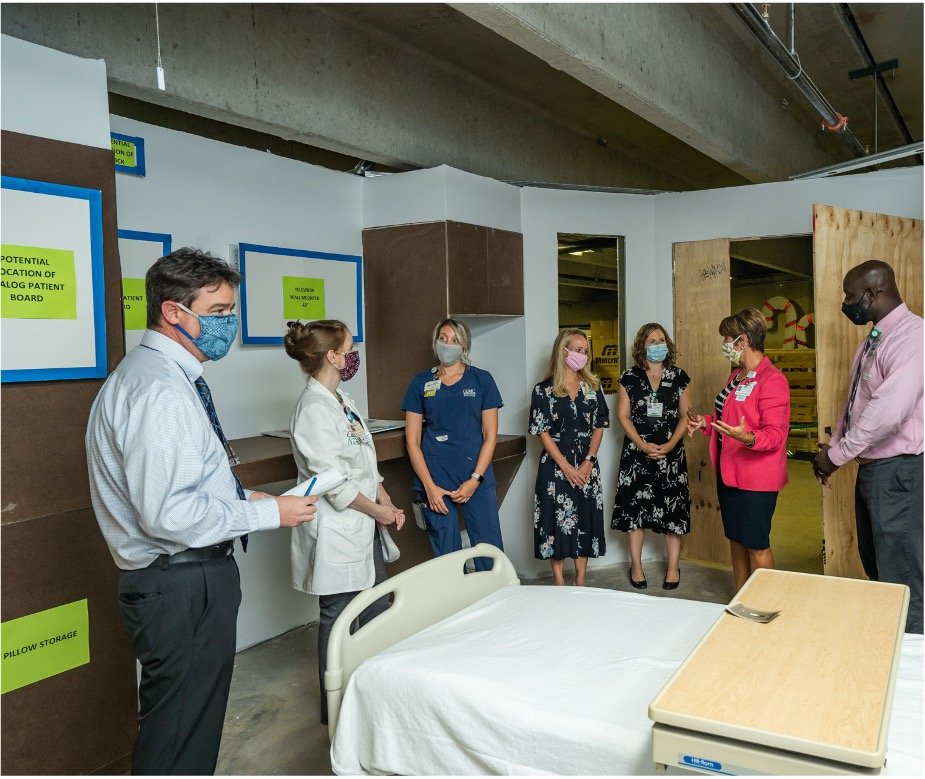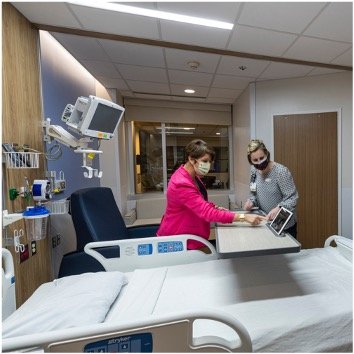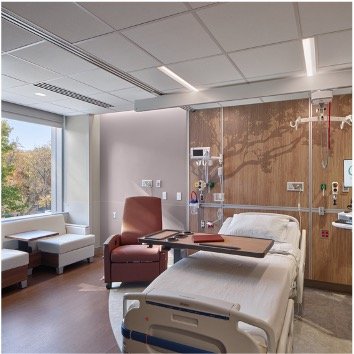Blog Contribution by NIHD Member Rhonda Wyskiel, RN, MSN, EDAC, Principal at Hord Coplan Macht.
During my time as a bedside nurse I recall thinking that teamwork and communication came naturally by just working well with other care team members, and that the patients would naturally benefit from this. But as I began transitioning my career to patient safety and quality of care through improving teamwork and communication I then realized that there are enablers and barriers to teamwork in the very unit and care areas we work in. As I continue to evolve my career and carry my expertise forward in the Architectural and design industry, I now more than ever know that the built environment and how it is thoughtfully designed is a top contributing factor to good teamwork and communication.
Effective teams can improve care at the level of the organization, inter and intra-disciplinary healthcare teams, the individual team member, and the patient. Several barriers exist to establishing and maintaining effective teamwork in health care. At this year’s 2023 Healthcare Design Conference + Expo (HCD) there were several sessions and exhibits focused on creating and enabling collaboration in support of improving teamwork and communication in healthcare.
One of the not so obvious was the session Optimizing Clinical Support Operations, Comparing Standard of Care Clinical and Research Laboratory Planning. This session addressed the need to ensure a LEAN approach to planning for Laboratory Space. The need to create efficiency across the entire lab regardless of lab type is top priority. How this is done with consideration of the people is key. In this presentation they highlighted their approach to understand the People, processes, and technologies and how they interact within the laboratory with consideration of enabling accurate communication and teamwork to drive efficiency of process.
They shared with us how they took the time to understand, who needs to interact with each other (communication), to better improve their ability to work together when needed (teamwork) during the processing of lab specimens.
The Need for Collaboration in Healthcare: Enabling teamwork through design.
Efficiency in communication can serve as an enabler for improving teamwork within a healthcare team. Thoughtful user centered design of both clinical and non-clinical spaces can facilitate individuals and teams to converge thinking and problem solving as an interdisciplinary team toward improved critical thinking and ultimately improved patient outcomes. The session titled Challenging the Status Quo: Design Innovations in Intensive Care Unit Design addressed the need to spend time understand team functions in a critical care environment.
Throughout the design process they focused on closer positioning of team members to one another and nursing station design which contribute to caregiver efficiency and satisfaction. Flexible workspaces that support an integrated team approach were part of the design solutions this session highlighted in their future state planning, with a focus on achieving these outcomes:
1- Improved communication among healthcare professionals.
2- Enhanced interdisciplinary collaboration and knowledge sharing.
3- Positive impact on staff morale and well-being.
Current Challenges in Healthcare Collaboration: Obstructed visibility may hamper teamwork.
Identification of common barriers to effective teamwork in healthcare settings is key in the current state discovery of the design process. These barriers may surface as physical, technological, or even cultural barriers in the workplace. Allowing for discussion around the impact of poor collaboration on patient care can uncover contributing factors and solutions to be considered in the built environment .
Top left: High Level Concept Planning (during Programming).
Top Right: Rapid Prototyping (during DD).
Bottom Left: Full Scale Mock-Ups with Scenario Simulation (during CD).
Bottom Right: Final Finished Inpatient Room.






